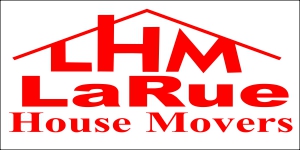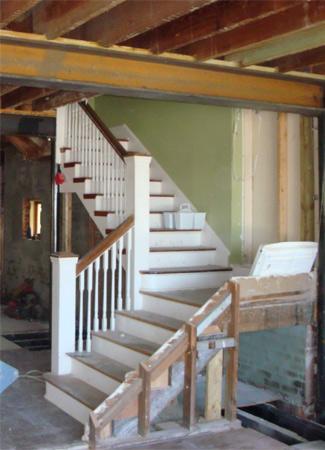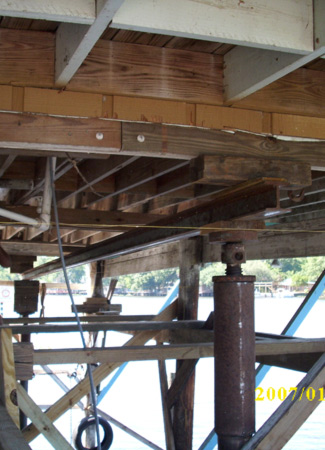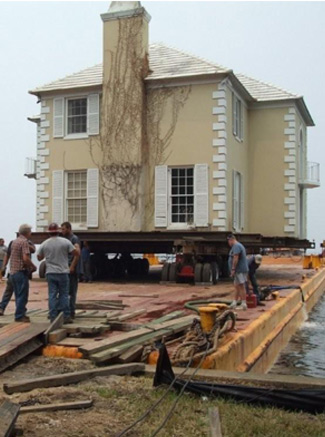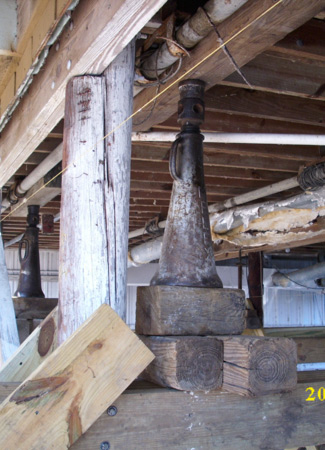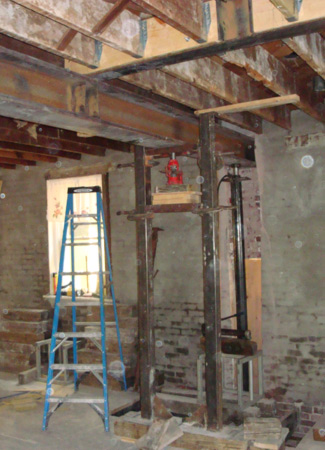Offering Commercial Foundation Repair Services
COMMERCIAL FOUNDATION REPAIR
Commercial buildings, warehouses, Industrial facilities and multi storied buildings with foundation problems can be repaired with helical piers, push piers, and pressure grouting.
HELICAL PIERS
Helical piers can support hundreds of tons of weight and can be loaded immediately. These replace drilled piers with require weeks of curing time. Helical piers can be used for a number of applications: pre construction piers, tower foundations, building foundations, pipeline support and hold down, light poles, signs, tie backs, bridges and boardwalks in wetlands.
LaRue House Movers and Sons, Inc. are an authorized distributor of Viking Helical Anchors. If you have your own ideas for application give us a call we are always open to new ideas.
HEAVY SHORING
We provide heavy shoring to raise & hold second or third floor systems.We can install steel or wood beams to remove a load bearing wall. Photos at right illustrate shoring methods.
PRESSURE GROUTING
Slabs can be raised back to their original position by pumping a grout mixture under pressure. We can raise those slabs that others cannot by utilizing our beam system and then pressure grouting the void.
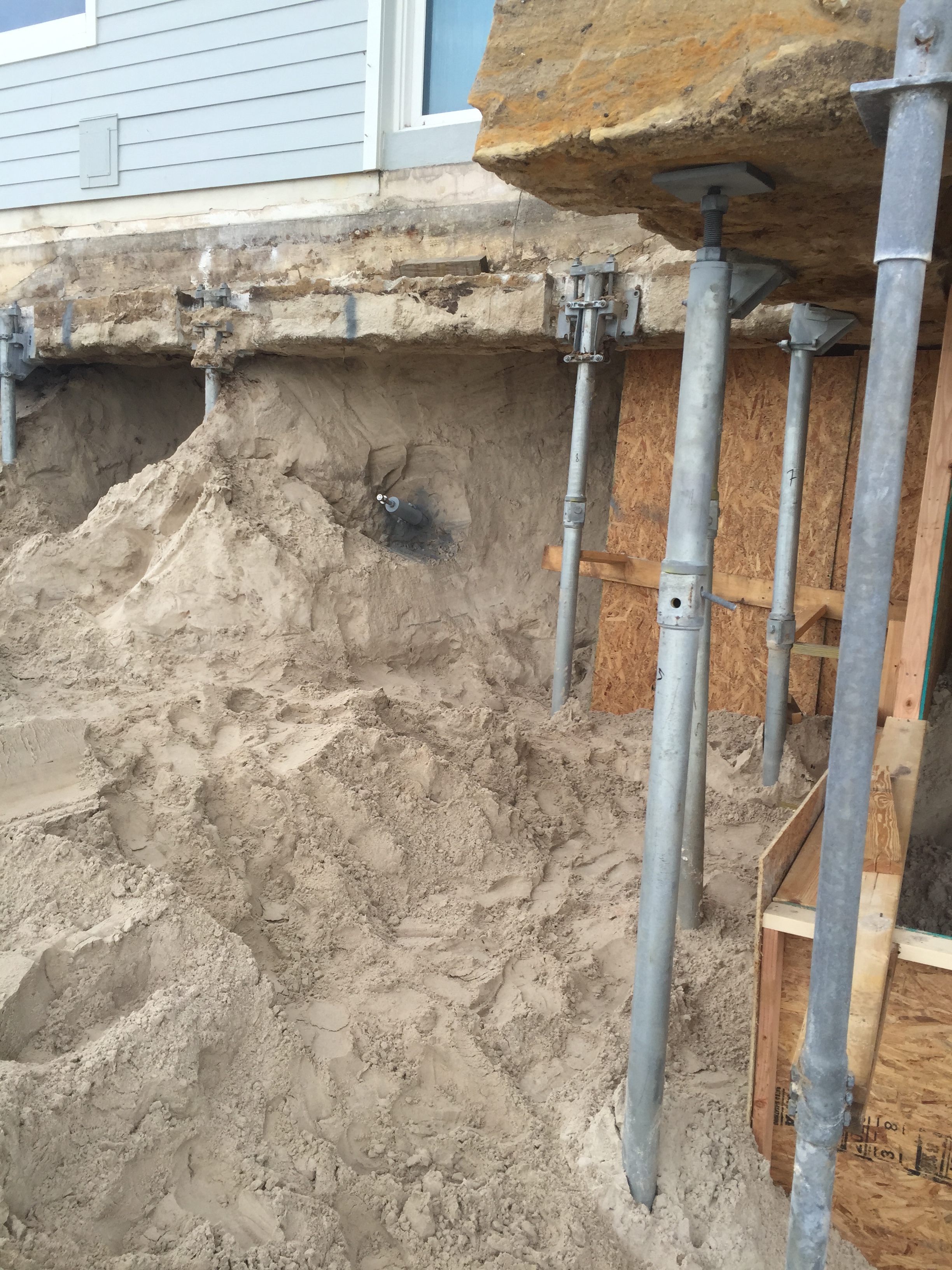
" Helical Piles are a steel screw-in piling and ground anchoring system used for building foundations. Helical Piles are manufactured using varying sizes of tubular hollow sections for the pile or anchors shaft.
The pile shaft transfers a structure's load into the pile. Helical steel plates are welded to the pile shaft in accordance with the intended ground conditions. Helices can be press-formed to a specified pitch or simply consist of flat plates welded at a specified pitch to the pile's shaft. The number of helices, their diameters and position on the pile shaft as well as steel plate thickness are all determined by a combination of:
Helical pile steel shaft sections are subjected to design parameters and building codes standards for the region of manufacture."
Installation
Helical piles are wound into the ground much like a screw into wood. Helical piles are installed using various earth-moving equipment fitted with rotary hydraulic attachments. Machinery varies from skid-steer loaders to 5 tonne through 30 tonne excavators. Rotary hydraulic power-heads with torque capacities ranging from 5,000 NM to 200,000 NM are custom fitted using various boom configurations. (1 newton meter or NM = 0.7375621 foot-pound of torque.)
Special drive attachments connect the helical pile to the machine. Correct installation techniques are paramount to meet engineered design load and settlement outcomes. Incorrect techniques are likely to result in poor overall pile performance."
" Helical piles can be referred to as screw piles, steel screw-in foundations, screw piers, helical piles, helical anchors, screw anchors, screw foundations and helical piers. Screw piles were first described by the Irish civil engineer Alexander Mitchell in a paper in Civil Engineer's and Architects Journal in 1848. Helical foundations first appeared in the 1800's as pile foundations for lighthouses, and were extensively used for piers in harbors. Between the 1850's through 1890's, more than 100 screw-pile lighthouses were erected on the east coast of the United States using helical piles. Made originally from cast or wrought iron, they had limited bearing and tension capacities. Modern helical pile load capacities are in excess of 2000 kN, (approx. 200 tonne). Large load capacity helical piles may have various components such as flat half helices, Bis-alloy cutting tips and helices, cap plates or re-bar interfaces for connection to various concrete or steel structures.
More recently, composite technology has been developed and patented for use in small helical piles. Composites offer significant advantages over steel in small helical pile manufacture and installed performance.
Helical pile design is based on standard structural and geotechnical principles. Helical pile designers typically use their own design software which has been developed through field testing of differing compression pile and tension anchor configurations in various soil profiles. Corrosion is addressed based on extended field trials, combined with worldwide databases on steel in ground corrosion."
LaRue House Movers & Sons Inc.
315 South Vermont Ave
Green Cove Springs, Florida 32043
